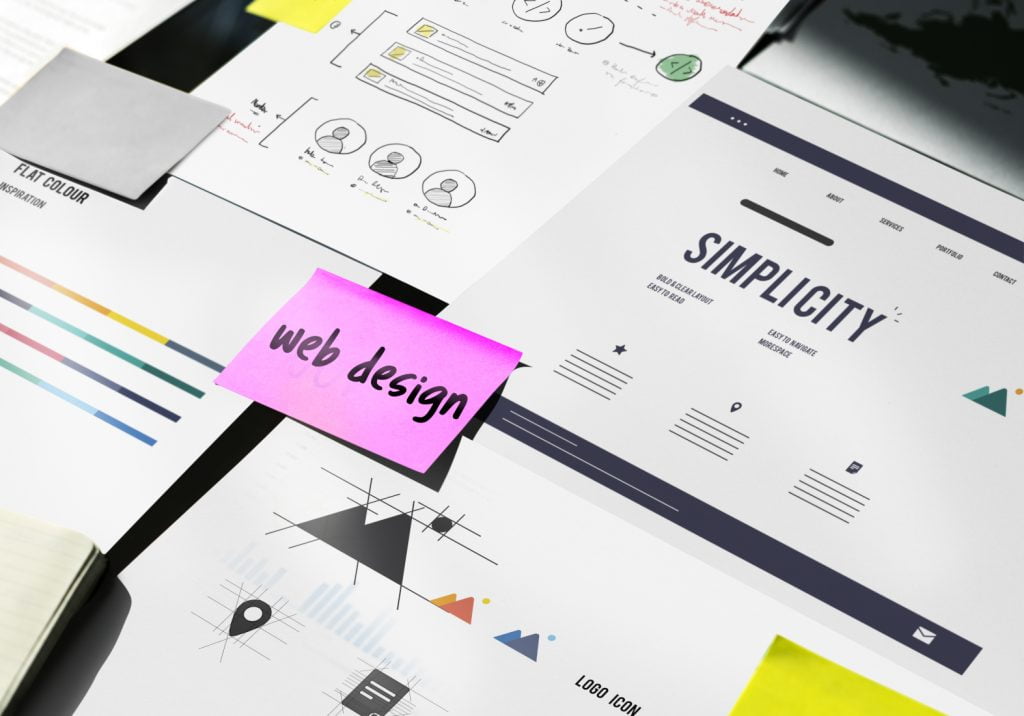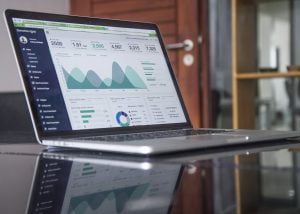Our Clients
Client Background
The Client is a global company that helps clients to transform their businesses and brands through technology and data. They develop their own cross-channel, dynamic content and automation platform which helps marketers orchestrate effective, personalized marketing campaigns. The client has over 300 people working in the UK, Europe, North America, China, Singapore, and Australia.
Business Challenge
The existing content and automation platform had HTML markup-based editors to create templates for banners. That is an extremely configurable and flexible approach but requires corresponding skills from templaters. So, the objective was to find and integrate an existing WYSIWYG solution to enable drag-and-drop style banner creation.
Challenges by names:
- Business critical application for many customers
- A huge number of already existing templates to be edited with a new approach
- Security. Most of the customers are top world companies and their marketing materials are their intellectual property that has to be protected under any circumstances
Value Delivered
Project status:
- successfully delivered the Proof-of-Concept (PoC) phase including the research of potential 3rd-party solutions
- successfully delivered Minimum Viable Product (MVP) phase to deliver new editor to real customers
The overall project timeline:
- PoC phase – 1 month:
- selection of the 3rd party WYSIWYG system based on business requirements
- create quick and dirty integration to discover technical/security limitations
- MVP phase – 3 months:
-
- iterative delivery of functions to customers
Value delivered:
- Drag-and-drop WYSIWYG editor from Bannerwise has been seamlessly integrated into the existing solution as iframe’d component.
- All proper security measures were implemented to protect content from unauthorized access and support different authorization roles existing within the Platform.

SUCCESS STORY IN DETAILS
Background
The Client’s marketing platform is a complex, enterprise-level solution with a rich history. The 3rd-party solution to be seamlessly integrated into the already established user journey without the necessity to go into an external solution or somehow break it, because the backward compatibility is “a must-have”. So, it was necessary to marry not only the UI parts, but back-end parts (API level) and data structures (data level), so both template formats are compatible and could be edited by both tools.
Another big concern was security. Again, it was necessary to align 2 platforms with different approaches to security in such a way, that high standards of the enterprise world are met.
And finally, it was necessary to implement the feature in such a way that it could be “toggled” for different customers on a paid basis.
Solution
Based on the conducted research, there were several candidates for WYSIWYG solution integration. As usual, we have proposed a phased approach to the project with tech research & evaluation, PoC, and later MVP solutions.
Based on tech and business considerations Bannerwise (bannerwise.io) has been selected.
The overall solution has included tight cooperation with the Bannerwise team to address API, data, and security challenges where our team led the overall architecture of the integration and communication of requirements to the peer team.
What has been done:
- Careful review and analysis of existing alternatives
- High-Level Architecture (HLA) design to enable planning and effort estimates
- Development of key solution elements and assistance to both client’s and Bannerwise’s teams
- Communication and supervising of the overall development process
- Successful delivery of the end result under all constraints from both parties

Lessons learned
- Delivering the project in an agile way was the right choice as a prompt and fast response to discovered constraints (technical, business).
- Up-front negotiation of the buffer for resolving unpredicted problems during complex integration projects did its job and made the project successful
- HLA diagrams significantly reduce the time for communication and prevent misunderstanding

